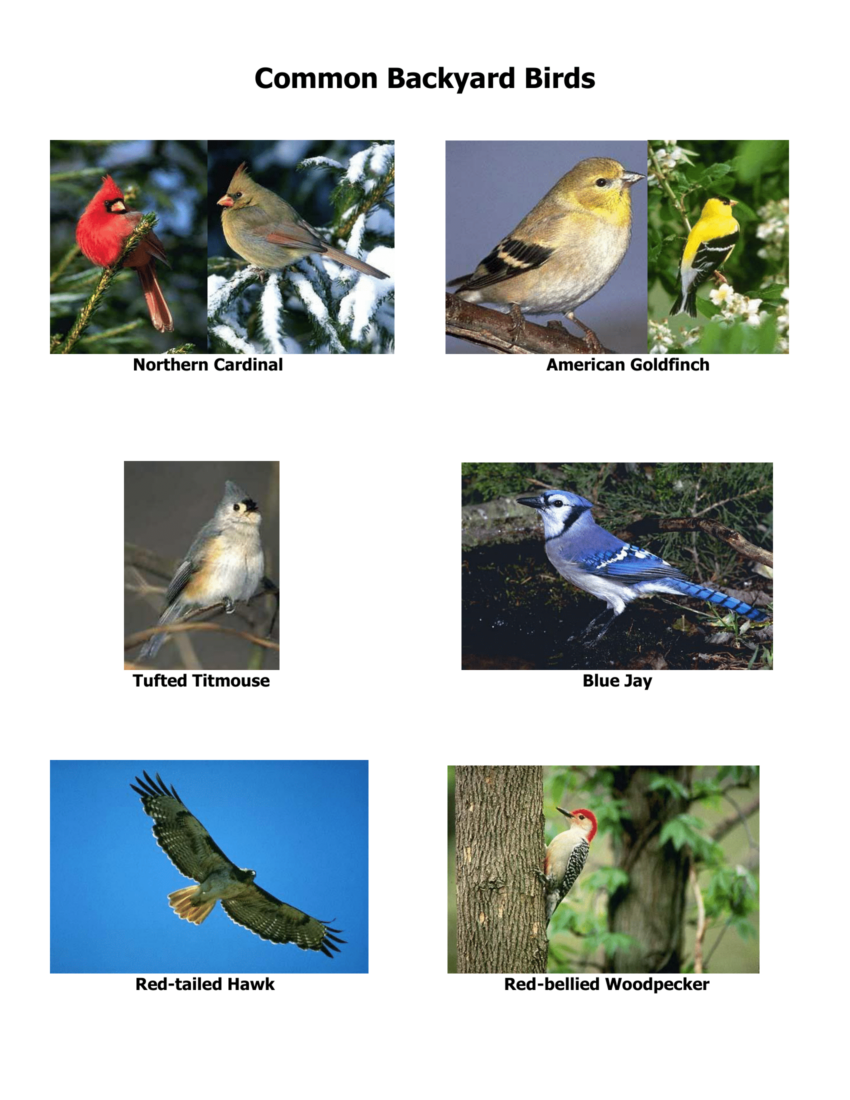Bat House Construction
Girl Scout Lila K. of Troop 40380 explains how she built bat houses from scratch as part of her Gold Award project. Keep an eye out for them around your local Union County park.
Quick facts on Little Brown Bats:
- they can eat thousands of bugs in a single night
- they can live up to 30 years
- they are only 3-4.5 inches in size
- a single bat house chamber can house nearly 50 bats
Want to put up your own bat house? Make sure it’s…
- 12-20 feet high
- in a location with good sun exposure
- far from tree branches
- darkly colored
All About Nature
All About Birds – From the Cornell Lab of Ornithology – Vast array of information about every bird you can think of! Also on this site is a link to their Merlin app, which works on your phone or computer. This makes identifying birds in your backyard very fun and easy. There are also bird calls built into this website for identifying by sound.
Connect with Nature – Contribute to science from your own backyard. Contribute to Science – Every observation can contribute to biodiversity science, from the rarest butterfly to the most common backyard weed. We share your findings with scientific data repositories like the Global Biodiversity Information Facility to help scientists find and use your data. All you have to do is observe.
Help Scientists Collect Data – Hundreds of citizen science projects. Along with a handy “Project Finder” tool, you can narrow your search for a project by age group, subject, as well as time.
Become an observer today in 3 steps – Allows citizen scientists to connect with other nature observers throughout the country. Observing phenology through Nature’s Notebook offers place-based, hands-on learning opportunities provides a collaborative platform for site-based educators, promotes cross-subject engagement while addressing standards of learning, and can be used to identify and answer local scientific research questions addressed by many natural resources, volunteer, and gardening groups. Phenology is an excellent lens for teaching about the natural world.
Virtual tours of the Smithsonian Museum of Natural History
Take some nature photos from around your own backyard
Send one or two of your favorite pics to trailside@ucnj.org along with the town you live in and your age and we will post a few on our website.
Early Spring Wildflowers in the Watchung Reservation
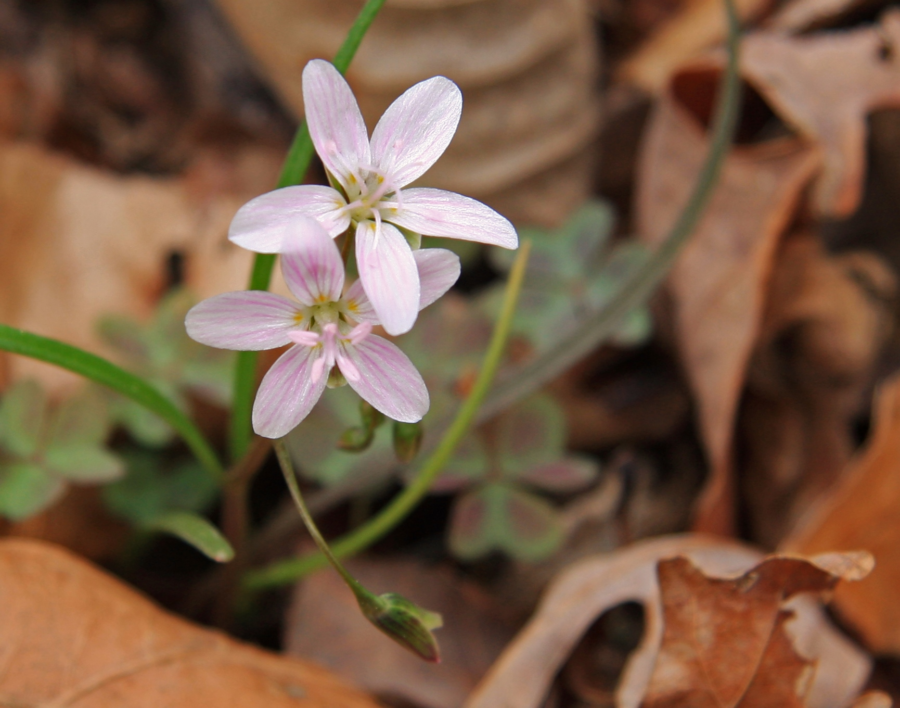
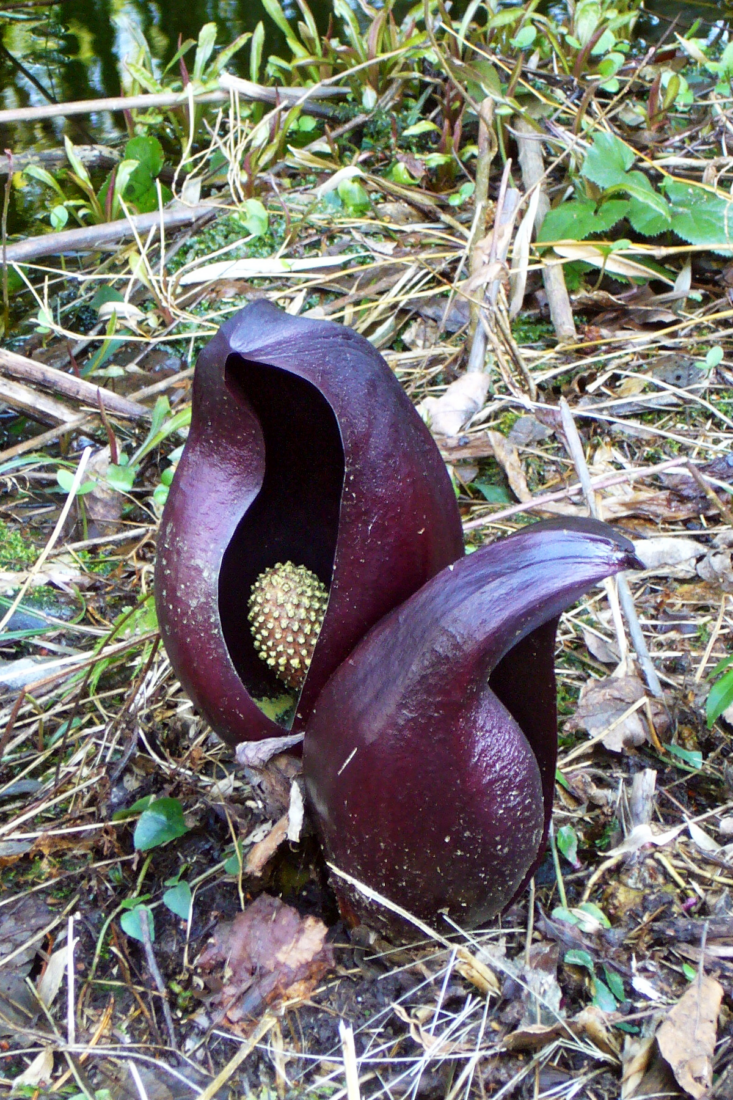
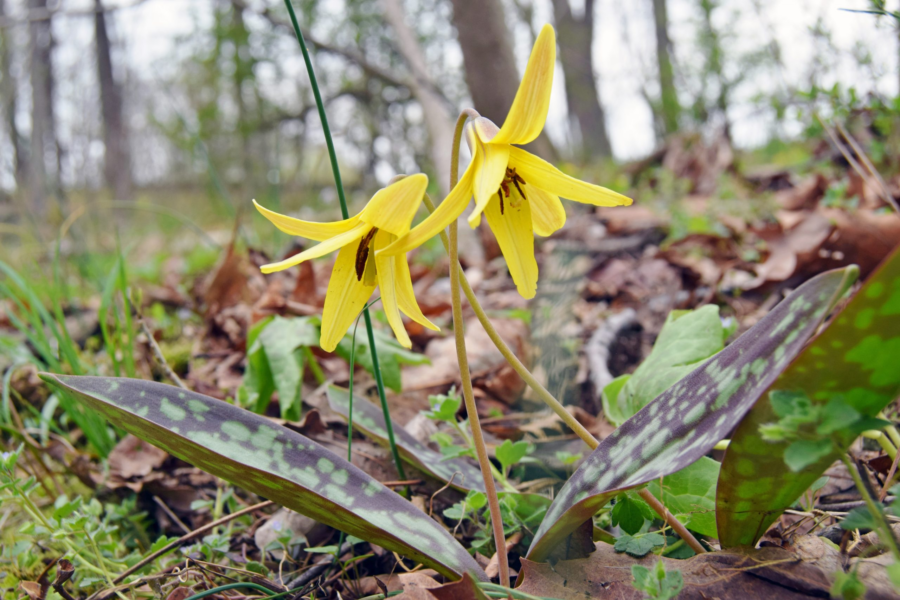

Educational workbooks, videos, crafts and more
At-home science experiments to do with kids
Use your creativity to reuse a roll and make something fun
Kids Korner
Dragonfly Fly / Praying Mantis / Spider / Bees Coloring Page
Girl Scout Troop 96330 – The Human Footprint
How Pollution, Global Warming and Deforestation Affect Animals Around the World

As part of their Bronze Award project, Girl Scout Troop 96330 was scheduled to do a presentation at the Wild Earth Fest at Trailside Nature Center to celebrate 50 years of Earth Day. As the event had to be cancelled, due to COVID 19, the troop created a video, titled The Human Footprint – How Pollution, Global Warming and Deforestation Affect Animals Around the World. The video is in three separate segments.
- Global Warming – introduction by Molly, followed with presentations from Caroline, Emily, Sophie and Grace.
- Pollution – Presentations by Molly, Vicki and Maeve of Troop 96330.
- Deforestation – Introduction by Molly with presentations from Maggie, Eliza and Kiera.
What’s in Your Backyard
Coming soon
Butterflies of the Watchung Reservation
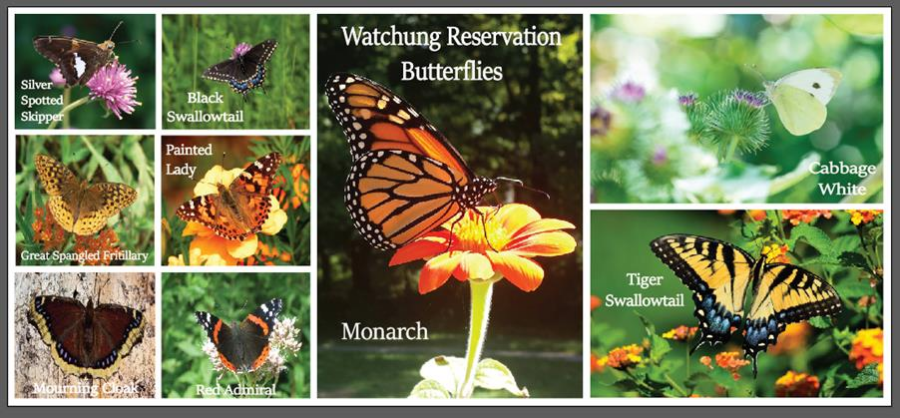
Common Backyard Birds
